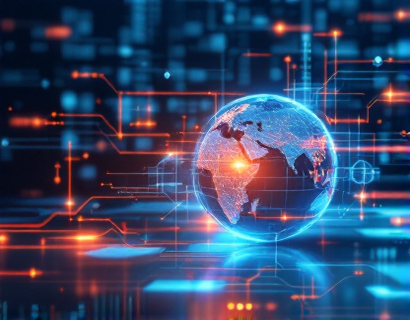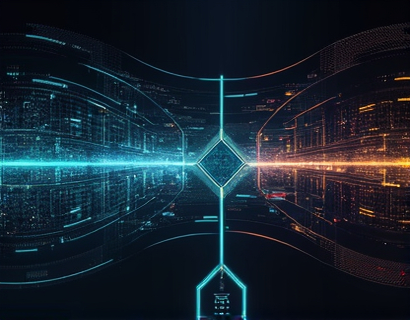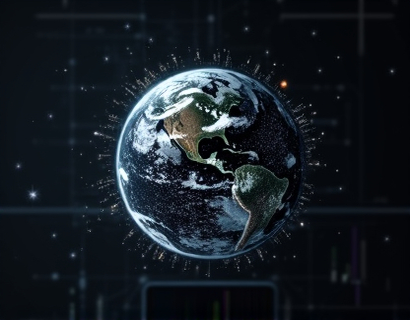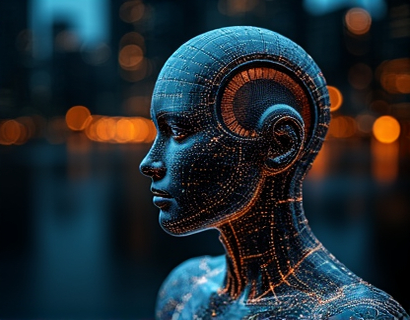Automated Document Translation: Revolutionizing Global Communication with AI-Powered Multilingual Solutions
In an increasingly globalized world, the need for efficient and accurate multilingual communication has become paramount. Businesses and individuals are constantly seeking ways to bridge language barriers to enhance collaboration, expand markets, and improve customer service. Automated document translation, powered by advanced AI technologies, has emerged as a revolutionary solution to this challenge. This article delves into the transformative impact of AI-driven document translation software, highlighting its capabilities, benefits, and the ways it is reshaping global communication.
The Rise of AI-Powered Document Translation
The evolution of translation technology has been remarkable, transitioning from rule-based systems to sophisticated AI models. Traditional methods relied heavily on predefined rules and dictionaries, often resulting in translations that lacked context and cultural nuance. The advent of machine learning and deep learning has changed the landscape, enabling systems to learn from vast amounts of data and improve over time. AI-powered document translation leverages these advancements to provide more accurate, natural, and culturally sensitive translations.
How AI-Driven Translation Works
At the core of AI-driven document translation is a combination of natural language processing (NLP) and neural machine translation (NMT). NLP allows the system to understand and interpret the context, intent, and nuances of human language. NMT, on the other hand, uses neural networks to generate translations that are not only linguistically correct but also contextually appropriate. These technologies work together to break down complex sentences, recognize idioms, and maintain the tone and style of the original text, ensuring that the translated document is both accurate and natural.
Precision and Cultural Sensitivity
One of the most significant advantages of AI-driven document translation is its ability to deliver precise and culturally sensitive translations. Traditional translation methods often struggle with idiomatic expressions, colloquialisms, and culturally specific references. AI systems, however, are trained on diverse datasets that include a wide range of linguistic and cultural contexts. This training enables the software to make informed decisions when translating such elements, ensuring that the final document resonates with the target audience in a way that is both accurate and culturally relevant.
Benefits for Businesses and Individuals
For businesses, AI-powered document translation offers numerous benefits that can significantly enhance global operations. First and foremost, it saves time and resources. Manual translation can be a time-consuming and costly process, especially when dealing with large volumes of documents. Automated translation tools can process multiple files simultaneously, reducing the time required for translation and allowing businesses to focus on other critical tasks. This efficiency translates into cost savings and improved productivity.
Accuracy is another crucial factor. Inaccurate translations can lead to misunderstandings, miscommunications, and even legal issues. AI-driven translation systems minimize the risk of errors by providing high-quality translations that are consistently accurate. This reliability is particularly important in industries such as legal, medical, and technical, where precision is paramount. Additionally, the ability to quickly and accurately translate documents facilitates smoother international collaboration, enabling businesses to expand their reach and tap into new markets with confidence.
Enhancing International Collaboration
In the realm of international collaboration, AI-powered document translation plays a vital role in breaking down language barriers. Teams composed of members from different countries can work more effectively when they can communicate in their native languages while ensuring that all documents and communications are accurately translated. This fosters a more inclusive and collaborative environment, where ideas can be shared and developed without the hindrance of language differences. Project management, research collaborations, and cross-cultural partnerships all benefit from the seamless communication enabled by advanced translation tools.
Multilingual Document Management
For organizations dealing with multilingual document management, AI-driven translation solutions offer a comprehensive and efficient approach. These tools can automatically translate and manage documents in multiple languages, streamlining workflows and improving accessibility. Whether it's converting user manuals, legal documents, marketing materials, or internal reports, the software ensures that all documents are accurately translated and ready for use across different regions and languages. This not only enhances operational efficiency but also ensures that all stakeholders have access to the information they need, in a language they understand.
Challenges and Limitations
Despite its many advantages, AI-powered document translation is not without challenges. One of the primary concerns is the quality of translation in highly specialized or domain-specific content. While AI systems have made significant strides, they may still struggle with highly technical or industry-specific terminology. Continuous training and updates are necessary to improve the accuracy of translations in these areas. Additionally, while AI excels at translating written text, it may not always capture the nuances of spoken language or the subtleties of human emotion, which can be crucial in certain contexts.
Future Developments
The future of AI-driven document translation is promising, with ongoing research and development aimed at addressing current limitations and enhancing capabilities. Advancements in natural language understanding and generation, as well as the integration of context-aware models, are expected to further improve translation quality. The incorporation of user feedback and continuous learning mechanisms will enable systems to adapt and improve over time, making translations even more accurate and culturally sensitive. As these technologies evolve, the gap between human translation and machine translation will continue to narrow, making AI-driven solutions increasingly indispensable.
Conclusion
AI-powered document translation is revolutionizing global communication by providing precise, efficient, and culturally sensitive translation solutions. For businesses and individuals, these tools offer a powerful way to overcome language barriers, enhance collaboration, and manage multilingual documents with ease. As the technology continues to advance, the potential for even greater improvements in translation accuracy and cultural relevance is vast. Embracing AI-driven translation is not just a strategic advantage but a necessity in today's interconnected world.










































